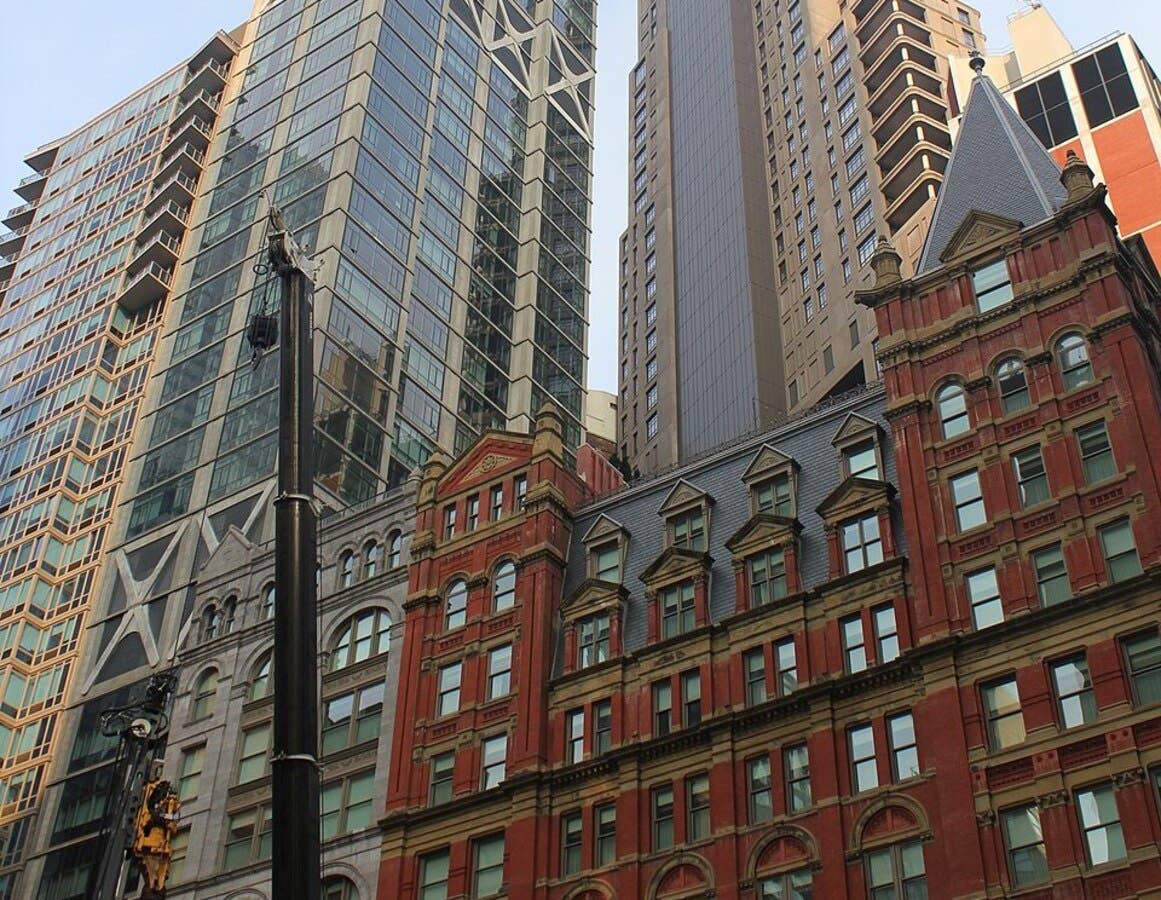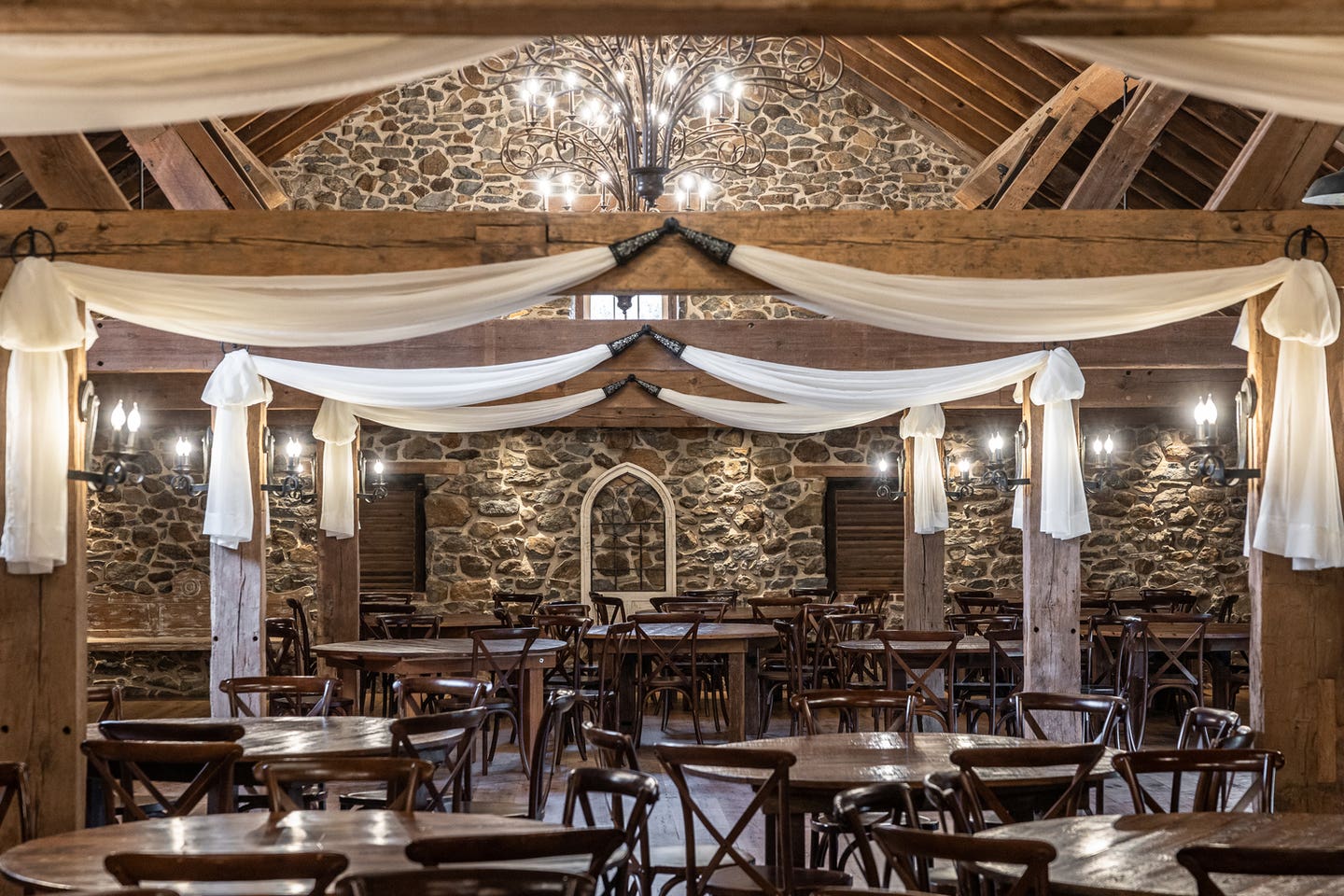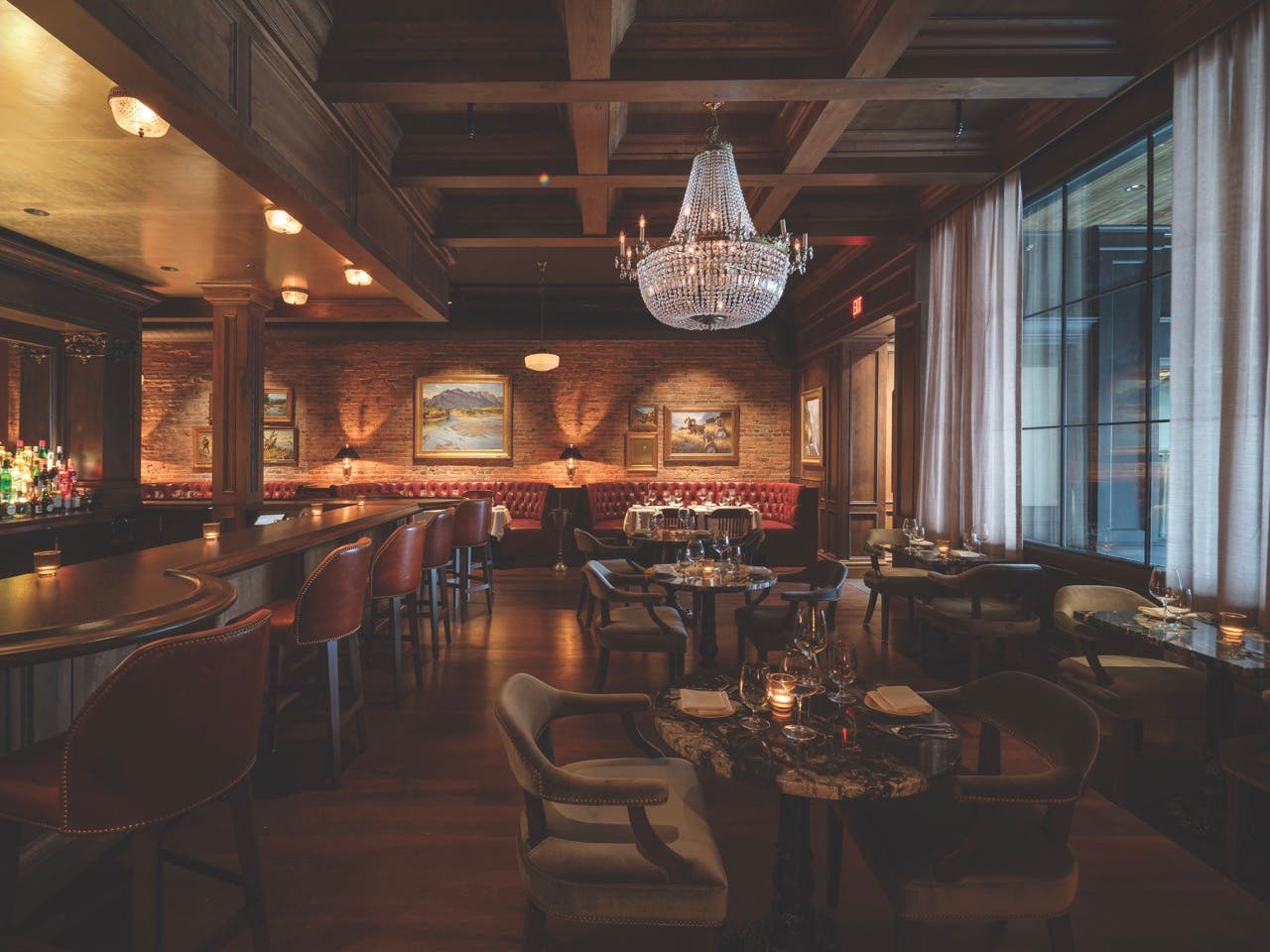
Restoration & Renovation
PFA Architects’ Restoration of Asheville High School
Project Asheville High School
Architect PFA Architects
For nearly a century, Asheville High School’s historic main building has stood as a stoic monument to public education in the North Carolina city known as the “Paris of the South.” The National Register building, which opened in Asheville in 1929 and features an arched entranceway and a soaring central rotunda, was designed by architect Douglas Ellington, whose other trademark Beaux-Arts and Art Deco structures, including the City Hall and the Biltmore Hospital, still define the skyline of the southern city in the Blue Ridge Mountains.
“The school’s main building is an iconic one in the city,” says architect Chip Howell, AIA LEED AP NCARB, of PFA Architects, which won the $27 million bid to restore the campus’s seven buildings, which were erected between 1929 and 2003 and total 291,122 square feet. “Many of the people in the city, including myself, are Asheville High School graduates and the building’s used for a lot of community activities, so the public is very familiar with it.”
It’s also very visible. “It has a presence in the street,” he says. “It’s right on your route from our downtown to the historic Biltmore Estate, which typically gets some 1.4 million visitors a year.”
Aside from minor repairs and patches, the local-granite veneer exterior façade and tiled roofs of the main building, whose three wings radiate like the blades of an airplane propeller, remained virtually unchanged for more than eight decades. “The whole campus needed a ton of work,” Howell says, adding that although it’s a city school, the Buncombe County government financed the project. “We were given a master shopping list and asked to determine priorities. Restoring the exteriors of all the buildings on campus was the top one, of which the main building was a significant expenditure.”
On the main building, PFA Architects, specialists in the design of health care, educational, and commercial buildings, made major repairs that included replacing the copper gutters and roof tiles and restoring the masonry.
Historic Resources Commission
“Although it was not mandated by the funding, which was public money, we solicited input from the Historic Resources Commission because this is such an important building in the community, Howell says. “The county leadership understood why we were doing this.”
The masonry work, which took two and a half years, included replacing the window lintels and resetting and repointing the mortar throughout. “This was a challenge on two fronts,” Howell says. “We worked year-round, even in the winter, when we had to heat the scaffolding environment, mortar, and stone to the correct temperature. And the school, which has 2,400 students, was occupied; we were doing overhead work, so safety was an issue.”
Howell says Vannoy Construction, the construction manager, was integral to the success of the project. “Their team did an incredible job maintaining safety, cleanliness, and communication with the school while tackling a matrix of complexities inherent to the construction,” he says. “We were very impressed with the execution of the project and the attention to detail in the finished product.”
Color Matching
To get an accurate sample of the mortar color, which had been weathered by decades of Asheville’s solid four-season climate, the team extracted chip samples from several places. For the roof work, Howell and the other members of the team, including PFA Principal Scott T. Donald, AIA and architect Laura Hudson, who is also an Asheville High School alumna, consulted with Tom Williams, a retired art history teacher at the school who helps lead the alumni association and shares a passion for architecture and preservation.
They tracked down the original tile manufacturer, Ludowici, a 131-year-old company in New Lexington, Ohio, that also had supplied tiles for other iconic Asheville buildings, including All Souls Church, Grove Park Inn, First Baptist Church, and City Hall. Alicia Cordle, a Ludowici ceramic engineer and design coordinator, says that the challenge “was to mimic history in a way that was authentic by using a modern process. We had to try to make the tiles look old but not too old.”
After the PFA team sent photos and tile samples, the color scheme—red, orange, and brown—was selected. “There was a range within each color because everything had to be blended perfectly onsite, so we had to make sure we gave them the right percentages of different tiles,” she says. “To make the tiles look more historically accurate, we added a green tone to the brown. It’s an unconventional choice we needed to make in this case to get the best match, and we glazed the red and orange tiles with an ebony mist.”
She credits Baker Roofing, which Ludowici has worked with on many restoration projects, with creating the perfect color blend in the tile layouts. Selecting a historically appropriate tile style for the 50,000-square-foot roof proved more problematic.
“We laid out different colors and styles on the roof, then we made several 6-foot-by-6-foot mockups and attached them to the roof so we could stand on the street and look at them from a distance to see what the public sees,” Howell says. “We knew that once we made a decision, there would be no turning back, and everybody and their brother would let us know if we got it wrong.”
The PFA team’s original choice was a modern version of the 1920s tile that was on the roof that had larger dimensions. “Everyone agreed that it just didn’t look right,” Cordle says. “But they were determined to get it right. I was so thankful for their commitment because I knew we could do better with an alternative standard product from a different product family.”
The Perfect Tile
She suggested Ludowici’s Provincial, a 7-inch-by-5-inch terracotta tile that fit the project’s tight budget. “Once everyone saw the Provincial mockups in place, we knew we had nailed it,” she says, adding that the restoration was named Ludowici’s 2018 Project of the Year.
The tiles, which were made with an extruded die, were cut, sand-blasted as part of the aging process, then hand-sprayed with a colored glaze.
Howell sees the restoration of the main building as a tribute not only to Ellington but also to all the high school alumni who call Asheville home. “People have a real affinity for this building,” he says. “It’s in the center of the city, and it’s also a cornerstone at the heart of our community.” He adds that the new-old look has been well received. “I hope it generates momentum to do more campus work,” he says.
Time, he says, will be the true test of the restoration. “When we were working on it, we used to joke that the ironic thing about the project is that if we do a good job, nobody will know we were here. And that turned out to be true.”
Howell is looking forward to watching the main building age gracefully into its restoration. “Copper looks better when it’s weathered for five to 10 years,” he says. “We’re eager to see the next chapter of evolution.”
Key Suppliers
Architect PFA Architects
Structural Engineer SKA Consulting Engineers
Civil Engineer Davis Civil Solutions
Construction Manager T.J. Hollars and Bradley Watts, Vannoy Construction
Roofing Baker Roofing
Roof Tile Supplier Ludowici








